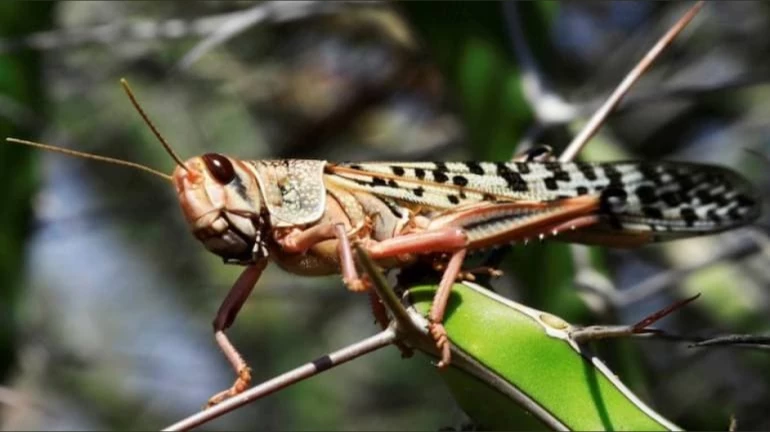
As swarms of locusts enter Katol and Parseoni in Nagpur district of Maharashtra over the last four days, these short-horned grasshoppers have now moved to the neighbouring Bhandara district, an agriculture department, as per officials.
These crop-eating pests had earlier ravaged Madhya Pradesh and Rajasthan before entering Maharashtra. The swarms stretching up to 17 kilometres in length had first entered farms in Fetri, Khangaon in Katol in Nagpur district and in Ashti taluka in Wardha district on Saturday night and Sunday where they damaged orange crop and vegetable plantations in some areas, before moving towards Parseoni tehsil on Monday night.
The onset of the locusts has made it crucial for us to understand these species of grasshoppers better. Amit Schandillia from Mumbai took to Twitter to state multiple interesting facts.
[THREAD: THE LOCUST PLAGUE]
— Amit Schandillia (@Schandillia) May 27, 2020
1/26
All that happens in S. Asia and Aus. directly or indirectly goes back to the fact that the Indian Ocean is landlocked on 3 sides with a narrow corridor between Indonesia and Australia connecting it with the Pacific. Everything includes locusts.
Down below are some of those facts noted by him.
Locusts are essentially any of a grouping of insects (order Orthoptera) that are distributed worldwide. The common name of which generally refers to the group of short-horned grasshoppers that often increase greatly in numbers and migrate long distances in destructive swarms. In Europe, the term locust denotes large acridids, whereas smaller species are called grasshoppers.
In North America, the names locust and grasshopper are used for any acridid. Cicadas (order Homoptera) also may be called locusts, the 17-year “locust” being the 17-year periodic cicada. The grouse (or pygmy) locust is a member of the family Tetrigidae (pygmy grasshopper)





